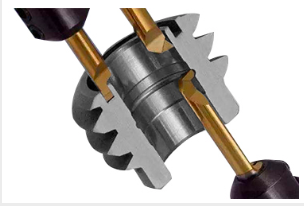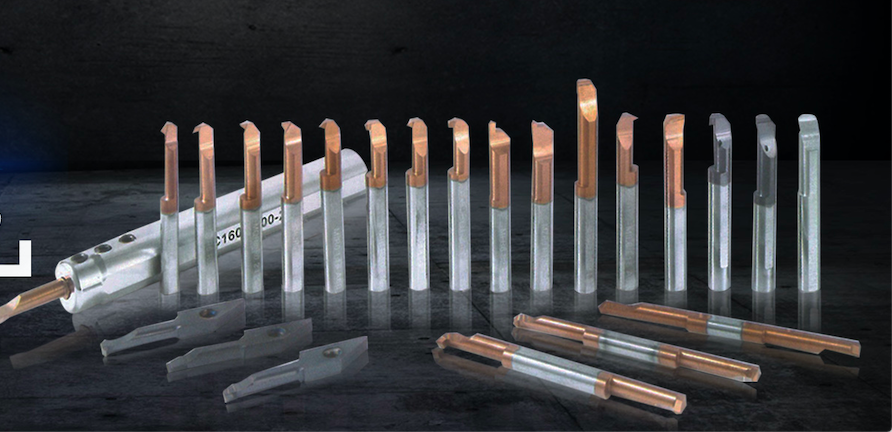Abstract The Institute of Multi-Material Science of Tohoku University and Showa Denko announced that the two companies have jointly developed a technology for mass production of high-quality graphene sheets. This means taking an important step in the use of graphene as a battery material for automobiles and lightweight high-strength structural materials. Graphene is...
The Institute of Multi-Material Science of Tohoku University and Showa Denko announced that the two companies have jointly developed a technology for mass production of high-quality graphene sheets. This means taking an important step in the use of graphene as a battery material for automobiles and lightweight high-strength structural materials. Graphene is a material obtained by peeling off graphite as a carbon material with a thickness of one atom. In addition to being an electronic component such as a transistor, materials and structural materials for batteries have also attracted attention. However, most of the existing manufacturing methods of graphene are very slow in production, and it is difficult to mass-produce high-quality graphene with few defects and impurities. For example, as the "oxidative stripping method" which is one of the chemical peeling methods, although the graphene sheet can be obtained by oxidizing the graphite powder, peeling off in a solvent, and then performing reduction, it takes one day or more for one treatment. There are also problems with defects and impurities.
The method developed this time uses a supercritical liquid such as an organic solvent such as ethanol to strip graphene. According to a professor at Tohoku University in Japan, there is almost no impurity such as oxygen or hydrogen because it is not oxidized. Moreover, a "flow reactor" capable of continuously stripping graphene has been developed this time. For 5 g of raw material, the time for one stripping treatment was only about 1 hour.
However, the yield of single-layer graphene is only about 10% in one treatment. In order to solve this problem, Tohoku University and Showa Denko have also developed a method in which the step of stripping treatment is cyclic and repeated at a temperature of 400 °C. This can increase the yield of single-layer graphene. Specifically, the harvest rate can be increased to 30% or more in 12 iterations, and the harvest rate can be increased to 80% or more in 48 times of repeated treatment. In 48 repeated treatments, although the throughput per hour was reduced to about 100 mg of raw material, the production efficiency was still higher than that of the oxidative stripping method.
In terms of the quality of graphene obtained, the professor said that "the Raman spectroscopy D-band and G-band tests confirmed that the graphene obtained by 48 repeated treatments showed excellent quality." However, the carrier mobility was not measured. Moreover, the particle size of graphene is also not disclosed.
In the future, Showa Denko will further validate technologies that can improve mass production efficiency for business operations.
The tool for hole processing is the earliest tool used in cutting tools, and it is also the most widely used tool. The objects of hole processing are various holes on the machine or instrument, such as the inner hole of the gear, the shaft hole on the box, and the porridge. Taper holes, etc. According to different uses and technical requirements, the tools for hole processing are divided into: drills, boring cutters, reamers, etc.


ROYI CNC Tool is a professional manufacturer of carbide boring bar. welcome to call and learn more details.
Solid Carbide Boring Cutter,Solid Carbide Boring Bar,Solid Carbide Boring Tools,Solid Carbide Boring Bars
ROYI CNC TOOL TAIXING CITY CO.,LTD , https://www.royitools.com